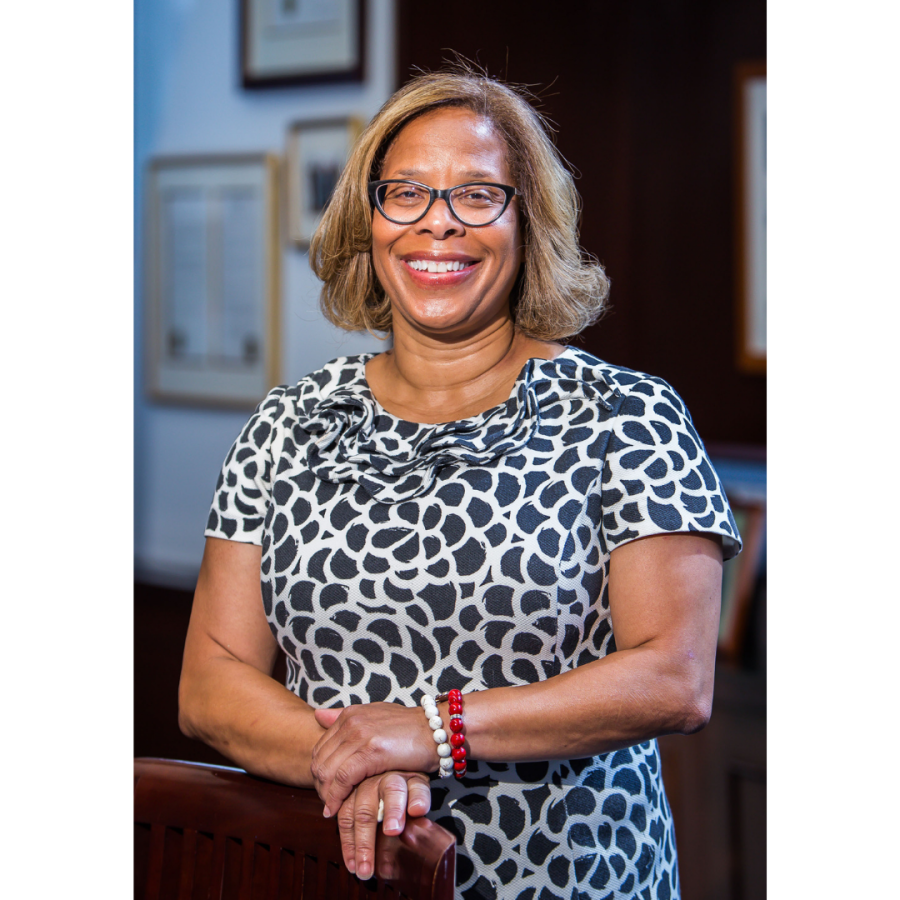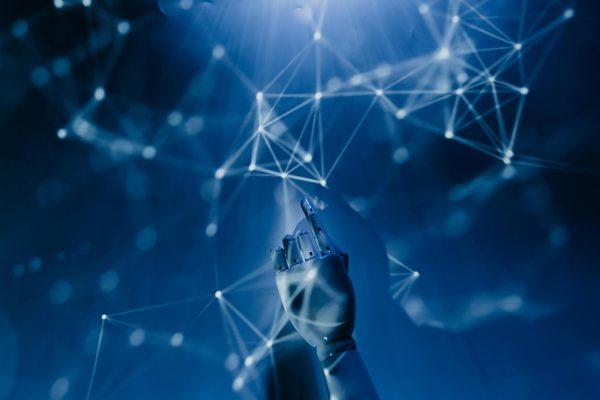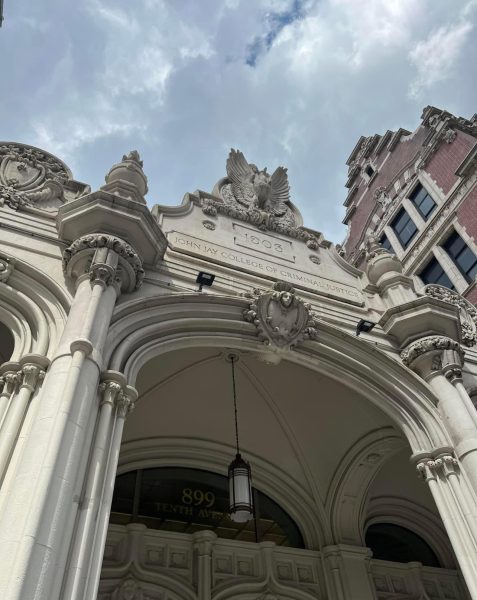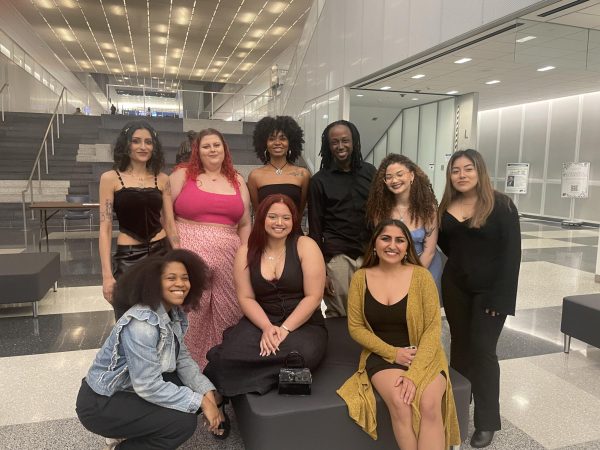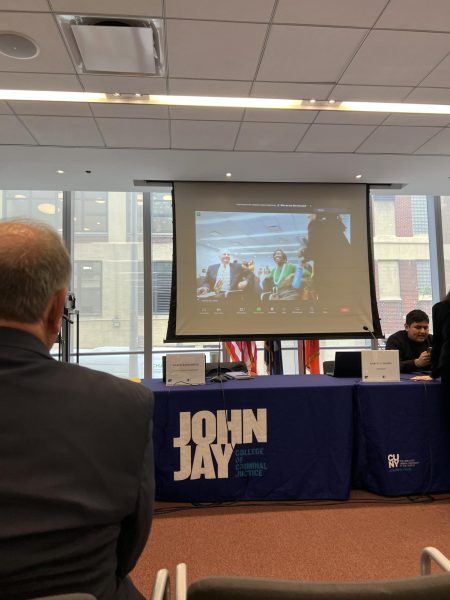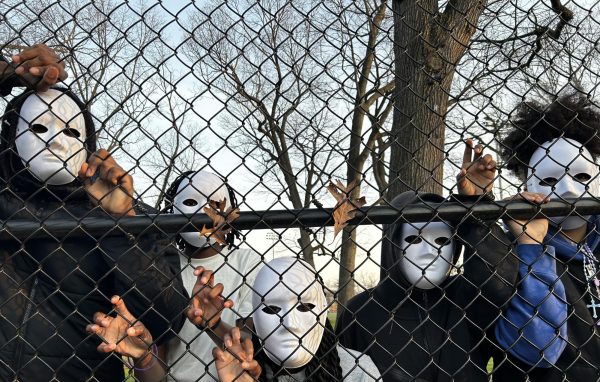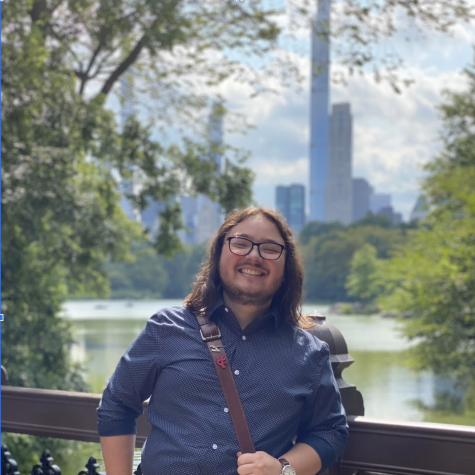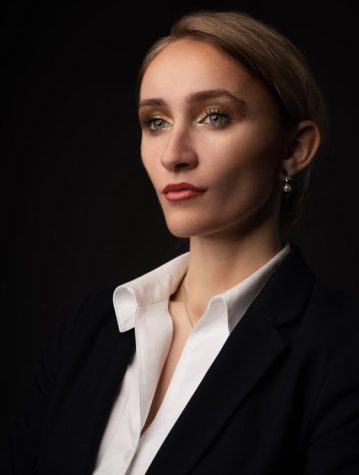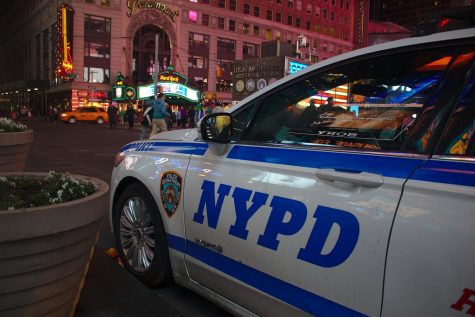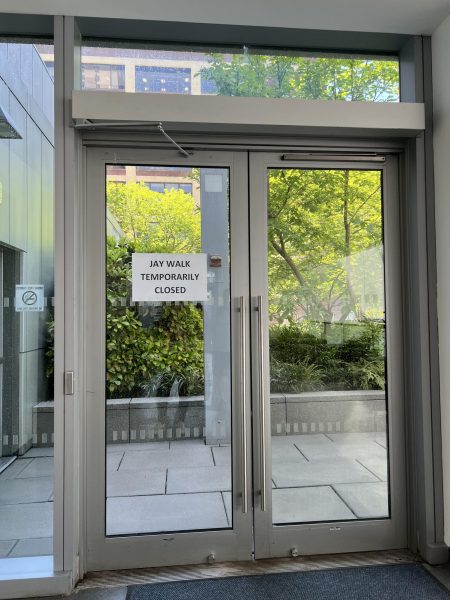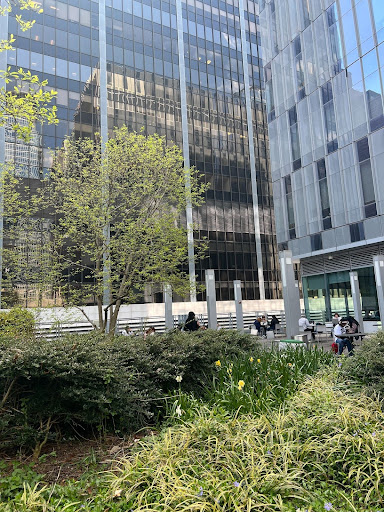President Mason On How the College Turns the Corner on Covid
John Jay leader also reflects on how her administration managed the start of the pandemic.
John Jay College President Karol V. Mason.
Nearly two years since the pandemic began, John Jay enters perhaps its most hopeful period. Starting on March 7, CUNY will no longer require mask-wearing on its campuses. I spoke with John Jay President Karol V. Mason about the early stages of the pandemic and what the college has planned for the future. The following is a transcript of our conversation, edited for length and clarity.
Q: It is Spring 2020, and the college has moved to distance learning. What was that process like for you and your administration?
President Mason: “On March 2, I was supposed to have a senior leadership meeting. We were supposed to be going through active shooter training. But that Friday, before that Monday, Provost Yi Li said that someone on his team said, ‘you know there’s this thing called Coronavirus, I think you need instead of doing the active shooter training, to do a Coronavirus session.’ And that’s what we did. So that first Monday in March, we had an all-hands meeting talking about how we prepare for Coronavirus, then prepare for what would happen if we had to shut down. I’d consulted with the Dean of the School of Public Health in advance. Our IT CIO, Joe Laub, had already bought 5,000 Zoom licenses. Joe had also been purchasing extra laptops for a laptop loaner program. We were way ahead of the game, and we had resources that nobody else had. And the provost’s team had already been working with faculty about getting faculty ready to teach in this new modality. I think that we demonstrated how when we as a community come together — faculty, students, and staff — we’re really good at being resilient and helping our students thrive.”
Q: As the vaccines became accessible, the college returned to campus. How did your administration try to get students back into the classroom?
President Mason: “When the vaccine first became available, hallelujah, our community responded in a way that we were eager to get the vaccine. The hard part was waiting until we were eligible for the vaccine. I remember when they finally lowered the age to 65, and I was celebrating. Then my walking partner had to remind me, you’re not 65. I just knew I was getting closer to when I could get my shot. When the mandate came out, there was a nuance to the mandate that everybody didn’t get. We were trying to figure out how to message that, and our focus was on messaging. We had two different webinars, where we had the key team from Pfizer come in and meet with our whole community to talk to us about how they developed the vaccine, the benefits of the vaccine, and to answer questions. And I thought what was beautiful about that is Pfizer brought people that look like our population, so that our students could see that people of color were key in developing this vaccine, using the vaccine, educating us about the vaccine, making sure that communities of color are part of the trial, so that we can know that its efficacy was good for all of us. But it was a communications challenge to get students to understand that in order to stay in in-person classes you needed the vaccine. It was hard, because we didn’t want to have to withdraw anybody from classes.”
Q: How was the initial return to campus different from today?
President Mason: “I was coming in at least once a week anyway, even throughout the pandemic. But it was wonderful when the fall semester came and there was company in the hallways. Now that we’re in the spring semester, it’s not quite like normal, but just the vibrancy of having so many people here, having to wait for the elevator, and having to time things out. Lots of students congregate in the lounge areas and in the hallways. It’s just so much fun to see them and recognize the patterns of who’s going to be here what time of day or night and being able to see you all back in-person and happy to be here and we’re happy to have you here. I love not being isolated and by myself here anymore.”
Q: Could you speak on what the college has planned for the Fall 2022 semester?
President Mason: “We’re trying to look at a number of factors that will guide what we do in the fall. One is how best to support learning and how best to support academic success. I think that the excitement I see in the halls tells me that students want to return in person, even though they may have some hesitancy. I hope that the success of the spring semester will be a catalyst for more people wanting to come back in the fall. But it’s going to be a complicated matrix to figure out how we deliver education in the fall. Our VP for institutional effectiveness just sent me some articles about what the literature is saying about a hybrid model. My guess is we’re going to have a mixture in the fall. John Jay pre-pandemic was already doing a mixture. But I think that we do it better now. I know that we have more faculty because we trained about 500 new faculty members to improve their teaching skills in an online modality. I’m excited about the possibilities of using the best of what we learned these past two years, with a goal of increasing the learning for our students.”
Q: Could you speak on another time in your tenure as President when you faced a challenge?
President Mason: “I can’t say that anything was as challenging as the pandemic because there’s nothing like it. But what has been a continuing challenge for me is the financial challenges. I’m so excited this year because, under the leadership of Governor Hochul, I’m so optimistic about what our budget might be for this year. When I came in, I inherited a $12 million budget deficit, and it didn’t get much better after that. It’s been a challenge to figure out how to equip the college with the resources it needs to be successful. It’s a community-wide effort of raising money, and we’re now in a place where I can’t think of a donor that we made a presentation to who hasn’t funded us because they see what we’re doing. They see the success. They see our students and want to be part of that.”
Q: Is there anything else you’d like to say?
President Mason: “I hope that our students are as excited about being back as I am seeing them back. I hope that our students feel the support for their success from everybody across the college. And I hope they see how committed we are to your success. You’re the reason why we have this institution. Faculty create new knowledge and research to share with you all. So, I’m excited about turning this corner. I think that we are learning how to live with this now endemic. I love the big pivot to that word. But I am thankful and grateful for how our students, faculty, and staff who have been so resilient and flexible in navigating through what has been the most challenging time, I hope any of us will ever have to face and coming through with such success. So, I want to say thank you.”
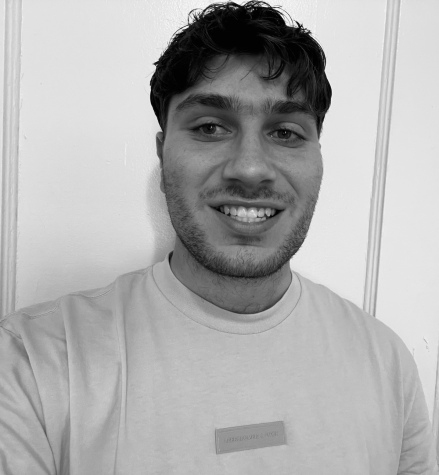
James Van Bramer is a senior majoring in Political Science and minoring in Digital Media & Journalism. Van Bramer spends his time hosting the virtual...


